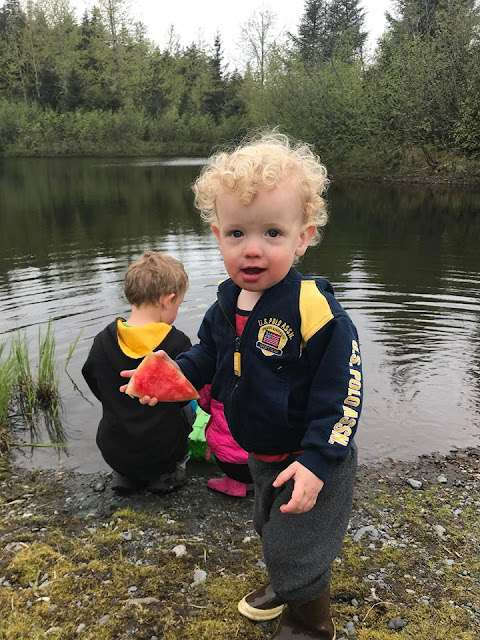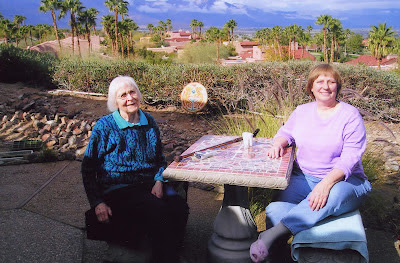Finn invokes Spring
Okay, I
don’t get this. It must be important; it
was just published in Science, which
is scientific bigtime. But the press
release (below) leaves me more than a little confused.
So, the
authors refer to a property they call “stemness”, which seems to be the ability
to self-reproduce by cell division. At
one time I thought that ALL cells could do that, but apparently this attribute
is confined to specialized cells – we call them stem cells.
It seems that his research establishes the following:
There are cancer-fighting T-cells in many (all?) solid tumors. As they kill cancer cells, the victims exude
potassium. What this article seems to be
saying is that the potassium induces “stemness” in the T cells, but the
products thereof are –why? – divested of their cancer-killing properties.
So what
these guys have done is to extract tumor-infiltrating lymphocytes (T cells),
then cause them to reproduce in a high-potassium environment. Then they are put back in the bio-system
(read: mouse), where they kill tumor.
Obviously, I
don’t get it. If the potassium-grown T
cells within the tumor don’t kill it, why should similar cells
grown in vitro to do the trick? But apparently they do – in mice, at least.
This is
touted as “basic research”, and I guess it is.
The more we learn about cancer, the closer we come to a real cure. Right?











